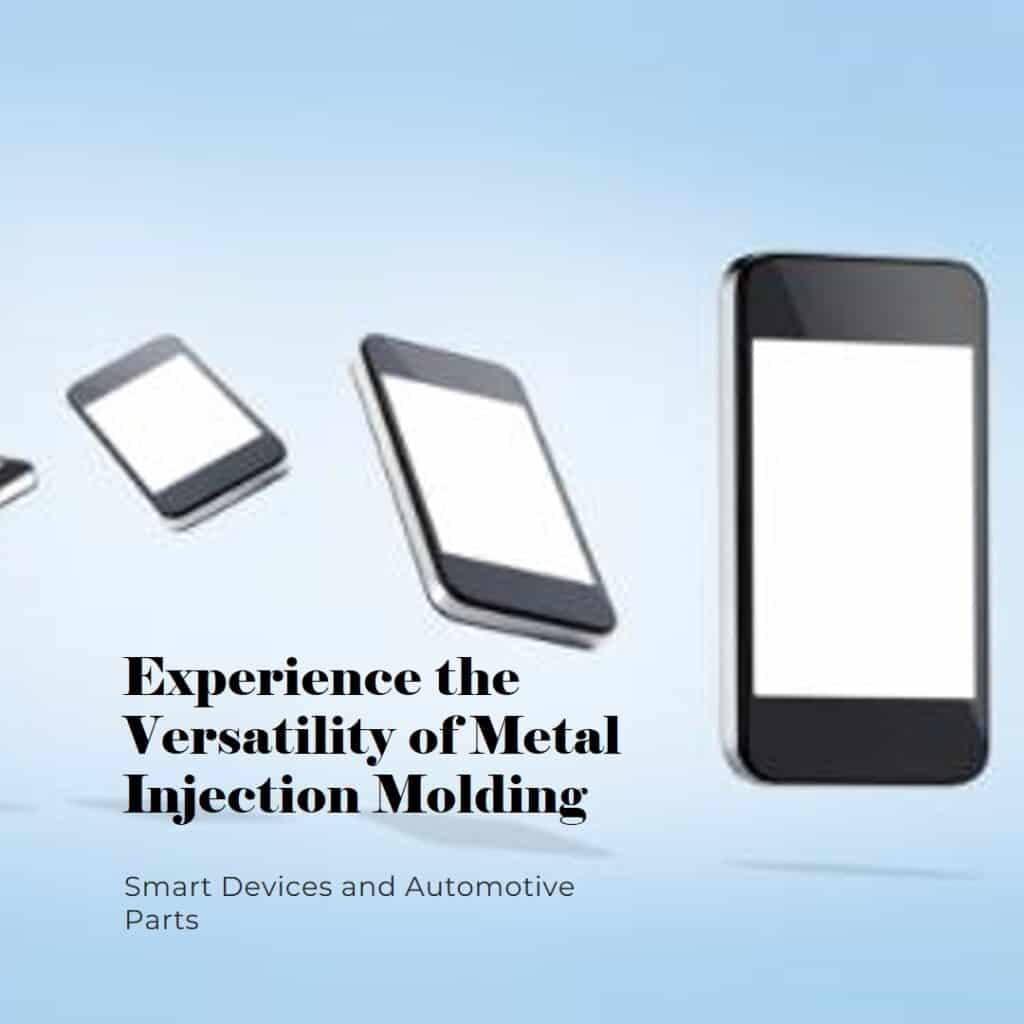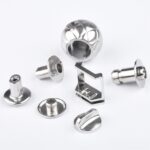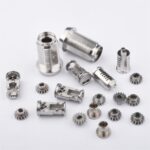Are you in the manufacturing industry and trying to decide between metal injection molding (MIM) and die casting for your project? Both methods have their benefits, but understanding the key differences can help you make an informed decision. In this blog post, we’ll break down the advantages and disadvantages of each process so that you can choose which one is best suited for your needs. Let’s dive in!
Introduction to Metal Injection Molding and Die Casting
Metal injection molding (MIM) and die casting are two popular methods for manufacturing metal parts. Both processes have their own advantages and disadvantages, which you need to consider when choosing the best method for your project.
MIM is typically used for small, intricate parts that require a high degree of accuracy. Die casting is better suited for larger parts that can tolerate some imperfections.
Cost is another important factor to consider. MIM is generally more expensive than die casting, but the cost difference will vary depending on the size and complexity of the part.
Turnaround time is another key consideration. MIM parts typically take longer to produce than die castings, but the lead time can be reduced by using pre-hardened metals or investing in high-speed equipment.
To decide which process is right for your project, you need to weigh all of these factors carefully. In general, MIM is a good choice for small, precise parts while die casting is better suited for larger parts with less stringent tolerances.
What are the Key Differences Between MIM and Die Casting?
Metal Injection Molding (MIM) and Die Casting are both metal-based manufacturing processes. Both processes involve melting metal and then injecting it into a mold to create a desired shape. However, there are some key differences between MIM and Die Casting that are important to understand:
-MIM is typically used for smaller, more intricate parts, while Die Casting is better suited for larger, more complex shapes.
-Die Casting requires high pressures to inject the metal into the mold, while MIM uses lower injection pressures.
-The molds used in Die Casting are usually made of steel or iron, while MIM molds can be made from a variety of materials (including plastics).
-Die Casting typically results in a rougher surface finish, while MIM can produce parts with a very smooth surface finish.
Advantages of Metal Injection Molding
Metal injection molding (MIM) is a manufacturing process that combines the advantages of plastic injection molding with those of metal casting. In this process, metal powder is mixed with a binding agent and injected into a mold. The part is then cured and removed from the mold.
MIM offers a number of advantages over traditional die casting, including:
1. Greater design flexibility – MIM allows for parts to be produced with greater complexity and detail than is possible with die casting.
2. Increased strength and durability – MIM parts are typically stronger and more durable than their die cast counterparts due to the higher density of the metal powder used in the process.
3. Lower production costs – MIM can often be more cost-effective than die casting, especially for small to medium production runs.
Advantages of Die Casting
Die casting is a process that can produce complex shapes with tight tolerances. The process is also capable of producing parts with thin walls and intricate details. In addition, die casting can be used to produce parts with hollow cavities, which can be useful for reducing weight or including internal passages.
Another advantage of die casting is the ability to produce large quantities of parts quickly and efficiently. Die casting dies are designed to last for millions of cycles, so once a die is created, it can be used to produce a large number of parts before it needs to be replaced. This makes die casting an ideal choice for production runs of 500 pieces or more.
Die casting is a cost-effective manufacturing process. When compared to other methods such as machining or investment casting, die casting typically has a lower cost per unit. This makes it an attractive option for companies looking to reduce manufacturing costs.
Disadvantages of Metal Injection Molding
Disadvantages of Metal Injection Molding:
1) More expensive than die casting: Metal injection molding is a more expensive process than die casting. This is due to the fact that it requires more sophisticated equipment and involves more steps in the manufacturing process.
2) Limited to small-scale production: Metal injection molding is best suited for small-scale production runs. This is because the molds used in this process are typically much smaller and less complex than those used in die casting.
3) Not suitable for all metals: Metal injection molding is not well suited for all types of metals. In particular, it does not work well with metals that have a high melting point or are difficult to form into shapes.
Disadvantages of Die Casting
Die casting has several disadvantages when compared to metal injection molding, including:
1. Die casting is more expensive than metal injection molding, due to the higher cost of the dies and the need for a dedicated die casting machine.
2. Die casting can only be used with certain metals, while metal injection molding can be used with a wider variety of metals.
3. Die castings are typically lower in quality than metal injection molded parts, due to the nature of the process. Metal injection molding produces parts with much finer detail and better dimensional accuracy.
4. Die castings tend to have poor surface finish, due to the high temperatures and pressures involved in the process. Metal injection molded parts typically have a much smoother surface finish.
Conclusion
Metal injection molding and die casting are two very effective metal manufacturing processes that offer unique advantages. Die casting is often the preferred option when working with larger, more complex parts because of its ability to produce high-quality parts in a short amount of time. Metal injection molding, on the other hand, is ideal for smaller batch production runs as it offers fast turnaround times and cost savings due to reduced labor costs. Understanding the key differences between these two processes allows you to make an informed decision about which one will be best suited for your needs.









